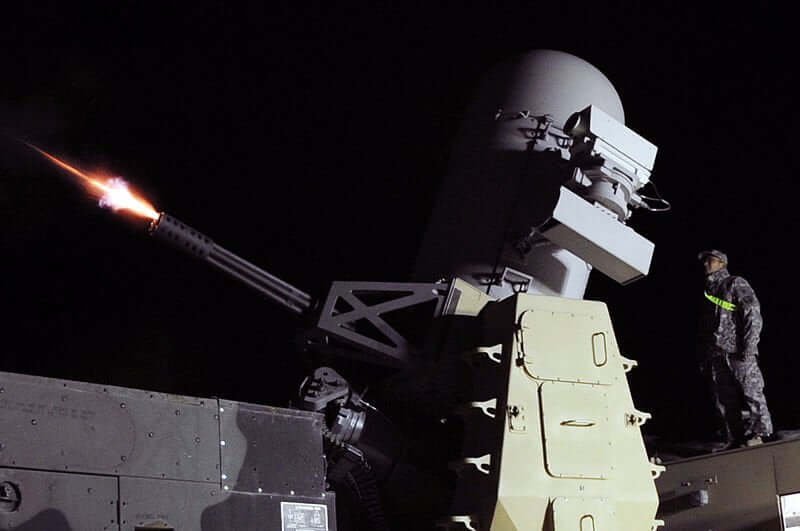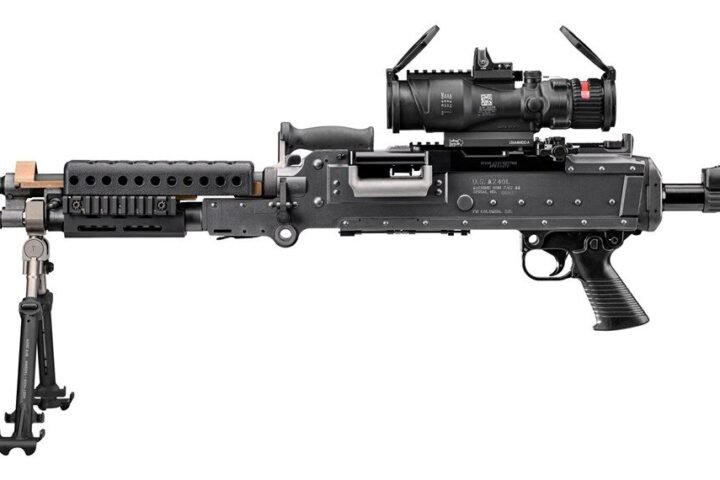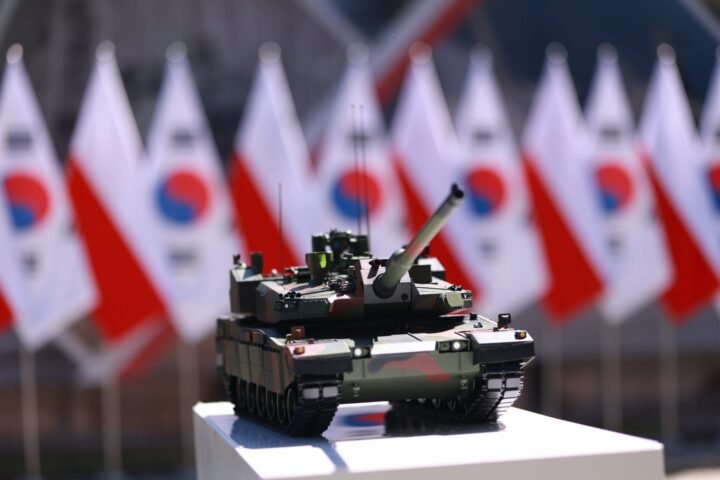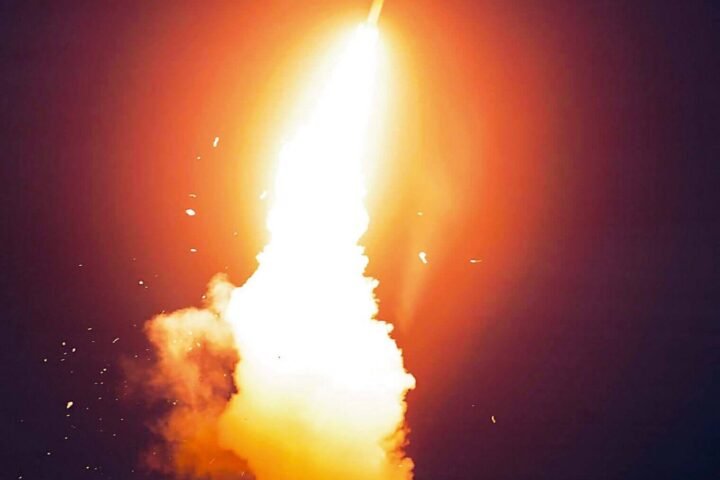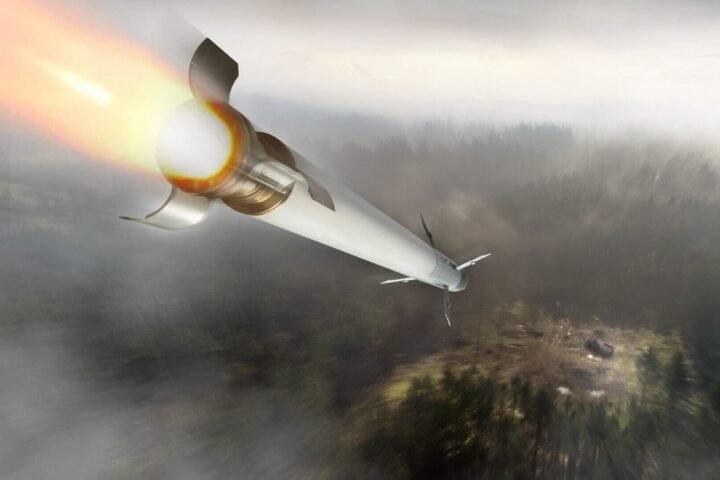In the United States, the Army Contracting Command, based at Redstone Arsenal in Alabama, has awarded Raytheon (RTX) a contract worth $279 million to provide functional management support for the land-based version of the Phalanx point defense system, known as Centurion.
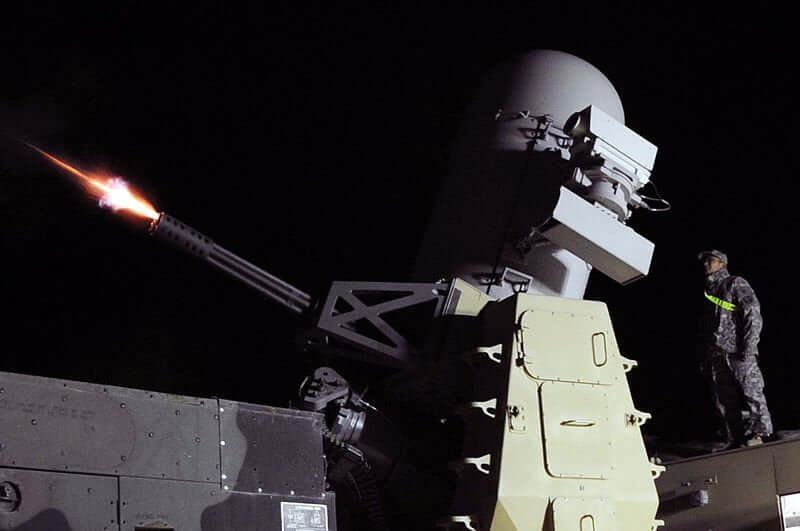
The work locations and their funding will be determined for each order, with an estimated completion date for this contract in July 2030.
#### Characteristics of the Centurion C-RAM
The Centurion C-RAM (Counter Rocket, Artillery, and Mortar) consists of a 20 mm M61A1 Gatling cannon with a target acquisition and fire control system. It has a maximum fire rate of 4,500 rounds per minute; under operational conditions it typically fires 300 rounds to intercept the incoming target using M940 ammunition designed to self-destruct beyond 2 km to minimise collateral damage.
The AN/TPQ-36 search and tracking radar with active electronic scanning works in K band and is capable of detecting a wide spectrum of incoming threats including artillery rounds, mortar, rockets, missiles and now also drones; the C-RAM’s command and control system is integrated with the sensor, warning and weapon network within a multilayer defence system.
The system is easily deployable by land as it can be installed on a high mobility off-road truck, the Heavy Expanded Mobility Tactical Truck (HEMTT) 8×8 of Oshkosh Defense, and by air, and has a service crew of four men.
The C-RAM can also be used in stationary ground installations for the protection of bases and infrastructure.
The Centurion C-RAM system was developed in response to the growing threat of rockets and mortar bombs increasingly common between Afghanistan and the Middle East to protect contingents and infrastructures, including American embassies.
Over the years, the Centurion has repeatedly been deployed as a point defence system against the increasingly widespread threat of ‘kamikaze’ drones in the Middle East theatre.
Photo social network

